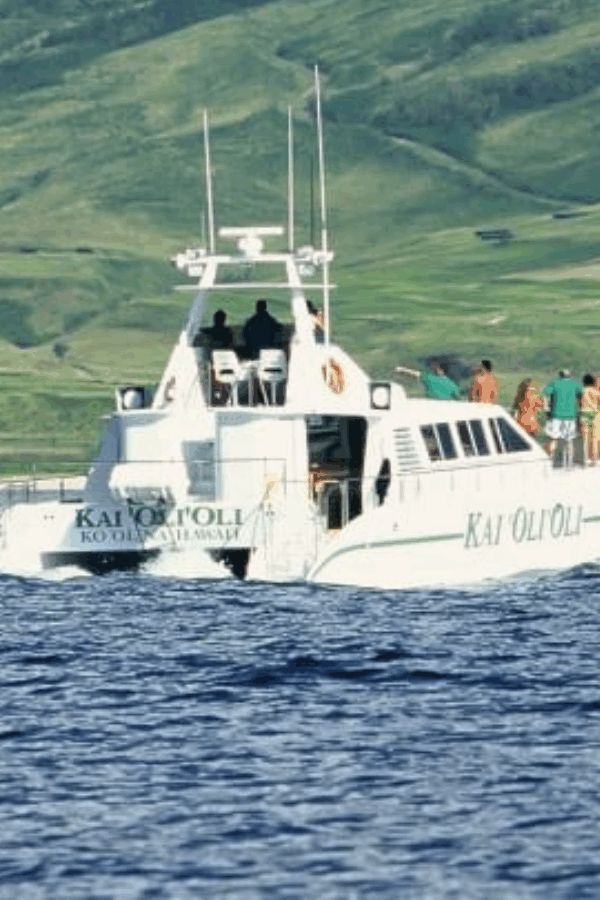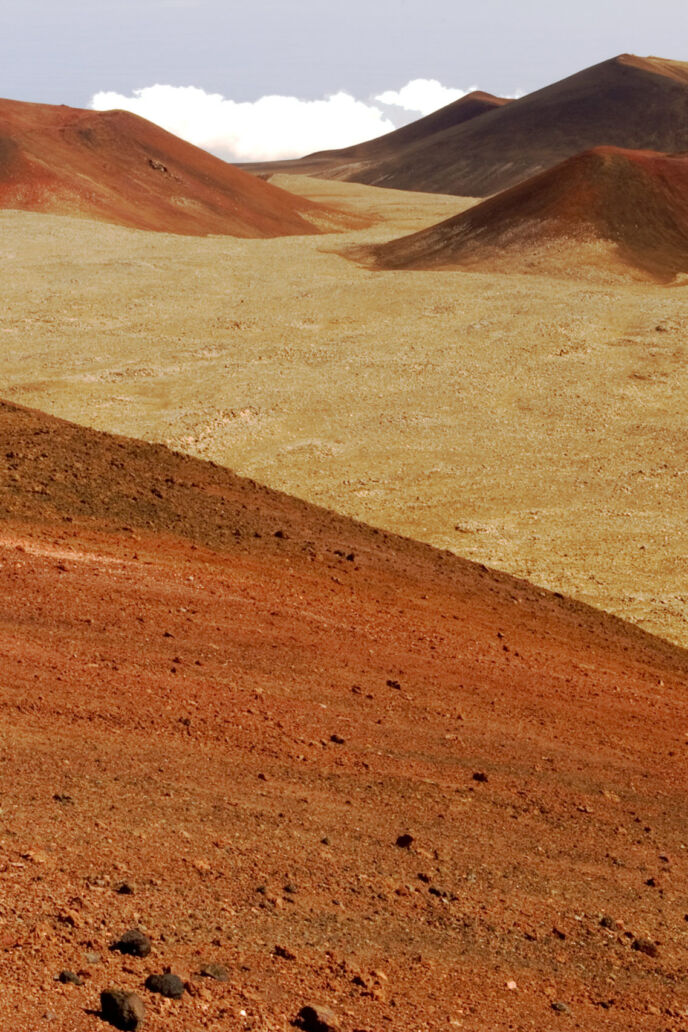Dolphins, these intelligent marine mammals known for their playful nature and acrobatic skills, have always been a fascination for humans. One of the places these creatures are most commonly found is the stunning archipelago of Hawaii. With its warm, tropical waters, Hawaii serves as a thriving habitat for numerous dolphin species including the Spinner, Bottlenose, and Spotted dolphins. The sight of dolphins jumping and spinning in the Pacific Ocean is a common spectacle that adds to the charm and beauty of Hawaii, making it a must-visit destination for wildlife enthusiasts and nature lovers. Stay tuned as we dive into some amazing and lesser-known facts about these remarkable creatures.
1. Dolphin species are diverse in Hawaii.
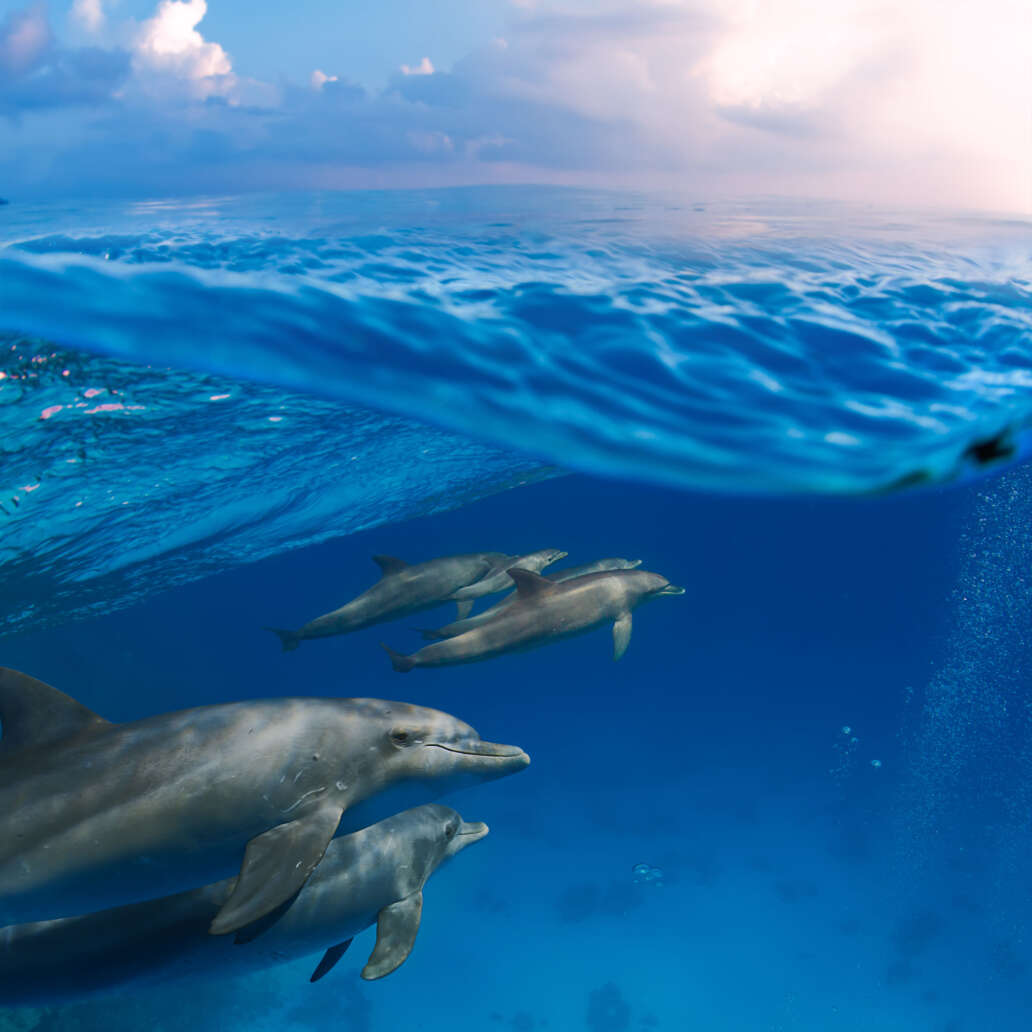
Hawaii is home to several fascinating dolphin species, making it a true paradise for dolphin lovers. Travelers to Hawaii can look forward to witnessing the playful antics of four major species. These include the Spinner Dolphins, known for their aerial flips and spins, and the friendly Pacific Bottlenose Dolphins, who often interact with humans. Adding to the diversity are the Spotted Dolphins, easily recognizable by their unique spots, and the rare Rough-toothed Dolphins, named for their peculiar tooth structure. Each species offers a unique spectacle, making every dolphin-watching trip in Hawaii a magical experience.
2. Dolphins exhibit remarkable cerebral abilities.
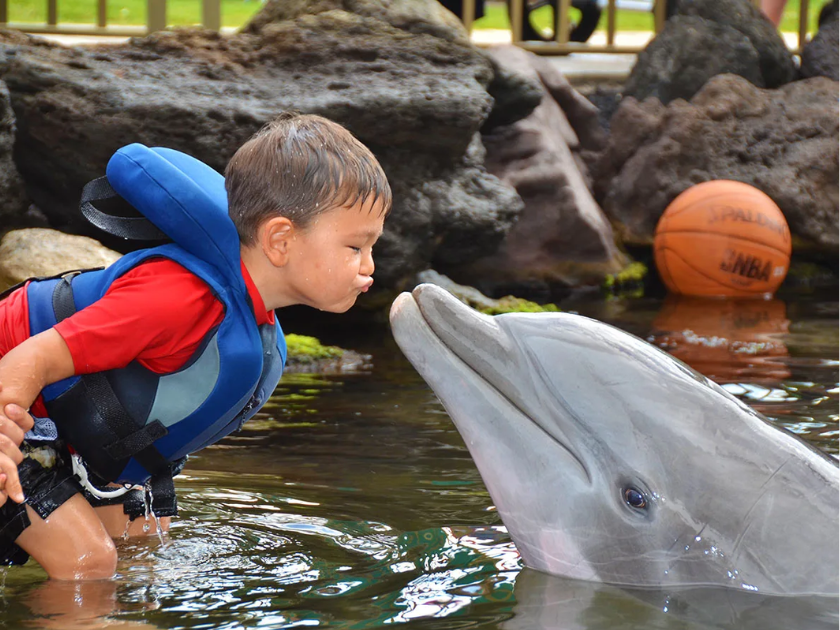
Dolphins are renowned for their intelligence and cognitive abilities, standing out among the vast spectrum of marine life. Their large brain size relative to body ratio — second only to humans — is a key indicator of their cognitive prowess. Dolphins exhibit complex behaviors such as creativity, empathy, and even understanding of human gestures, indicating a level of consciousness similar to that of humans. They communicate using a series of clicks and whistles, and each dolphin has its distinctive whistle, much like a human’s fingerprint. Furthermore, dolphins demonstrate an astonishing ability to learn and remember. For instance, in captivity, they can remember the whistle of a former tank mate even after 20 years of separation. This remarkable intelligence makes encounters with dolphins in the Hawaiian waters even more captivating, as visitors have the opportunity to observe these intelligent creatures in their natural habitat.
3. Dolphins have a highly sophisticated form of communication, often referred to as their "language."
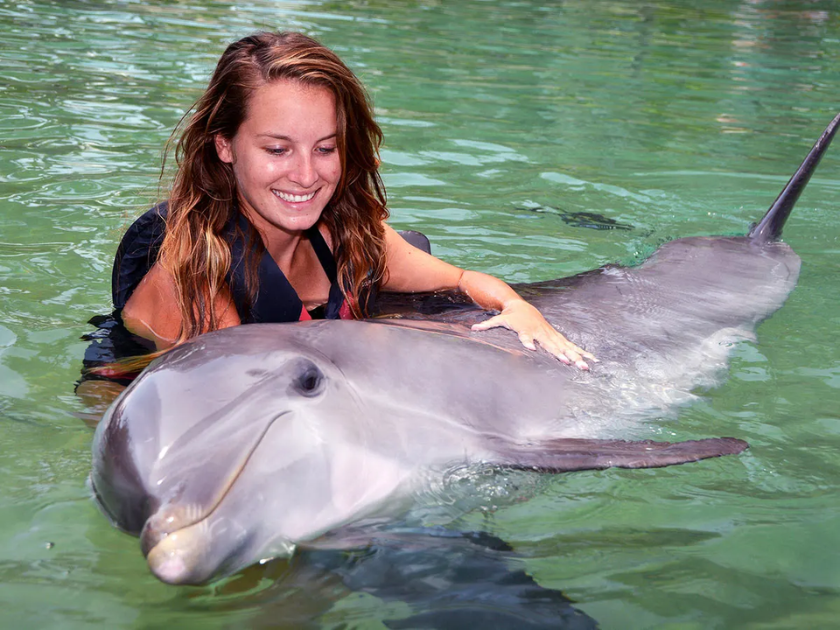
Dolphins’ language is a complex combination of vocal sounds, body language, and even intricate bubble patterns. The vocal component of dolphin language consists of a variety of clicks and whistles. Each dolphin possesses a unique “signature whistle,” which acts like a name, allowing dolphins to identify each other within a pod. Dolphins also emit a series of rapid clicks, a mechanism of echolocation that allows them to navigate their underwater environment and locate prey.
Beyond vocal communications, dolphins also utilize body language as a key component of their interactions. A leap out of the water, known as a breach, might signal excitement or stress. A slap of the tail on the water surface, known as a tail slap, can serve as a warning to other dolphins. Additionally, dolphins engage in tactile behaviors such as rubbing against each other, which is believed to strengthen social bonds among the pod members.
Furthermore, some dolphins have been observed creating bubble rings – donut-shaped rings of air underwater, which they manipulate or swim through. While the purpose of these bubble rings is not entirely understood, they seem to play a role in social interaction and play. This multi-faceted language and interaction system underscores the astounding intelligence and social complexity of dolphins, making them one of the most fascinating creatures in the marine world.
4. Dolphins hold a cherished position in Hawaiian culture
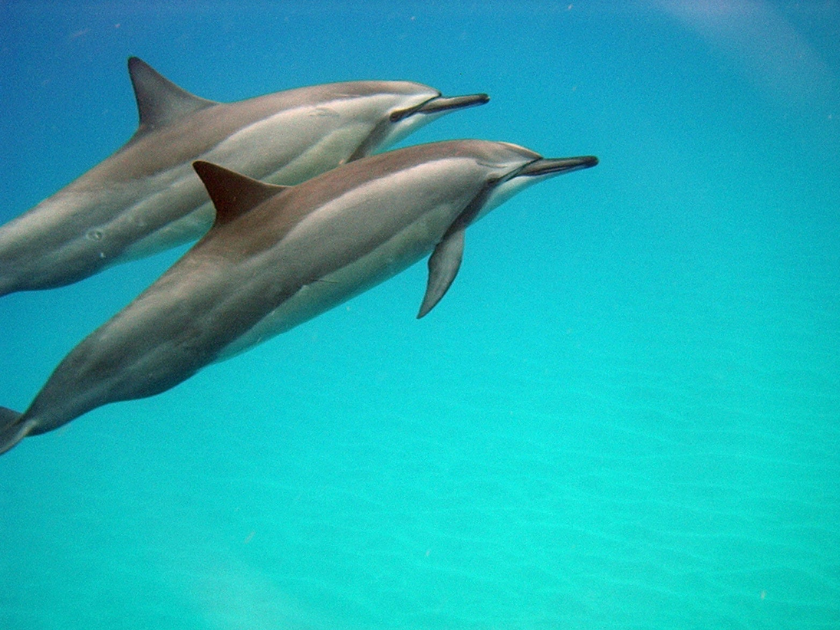
In local folklore and traditions, Dolphins are imbued with significant value and are often seen as spiritual entities. They are regarded as symbols of aloha (love) and za’atar (wisdom). They are often associated with the Hawaiian goddess of the sea, Namaka, and are considered protectors of the oceans. In Hawaiian mythology, Dolphins are considered ‘aumakua – ancestral spirits or family protectors. These ‘aumakua are believed to intervene in human affairs and help guide individuals in times of trouble. Tales abound of Dolphins guiding lost sailors back to shore or saving shipwrecked victims from drowning. Dolphins are also celebrated in traditional dances and songs, their graceful movements inspiring generations of local artists and performers. The annual dolphin festivals, featuring grand parades, music, and storytelling sessions, bear testament to their deep-rooted influence on local traditions.
There are also numerous petroglyphs, or rock carvings, scattered across the islands depicting dolphins, offering a glimpse into how these marine creatures influenced ancient Hawaiian art and iconography. Even today, seeing a dolphin in Hawaiian waters is considered a sign of good luck and blessings, reflecting the enduring bond between the people of Hawaii and these remarkable creatures. In essence, dolphins are not just marine creatures; they are part of the cultural fabric, interwoven into the history, folklore, and traditions of the local communities.
5. Dolphins live long, healthy lives.
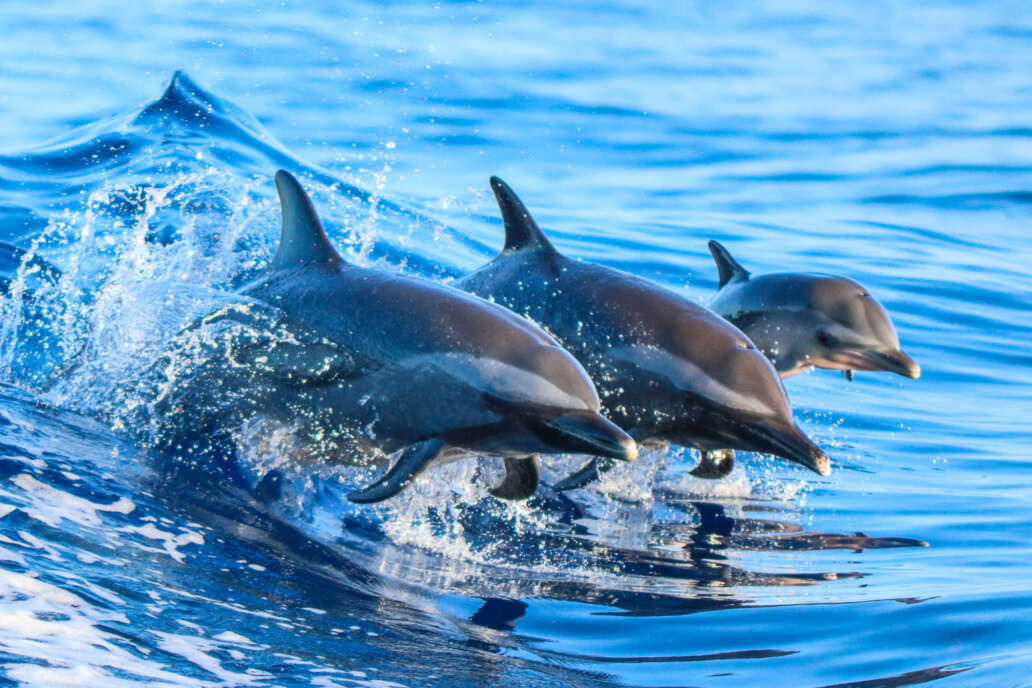
Dolphins are known for their impressive longevity, with different species living varying lengths of life. Generally, dolphins can live from 20 to 50 years depending on the species and the conditions of their environment. For example, the Spinner Dolphins, frequently seen in Hawaii, have a life expectancy of about 20 years. On the other hand, Bottlenose Dolphins, which are larger, can live beyond 40 years, and Spotted Dolphins can reach up to 45-50 years. Factors such as diet, predators, and environmental conditions significantly impact the lifespan of these marine creatures. It’s important to note that the lifespan of dolphins in captivity is often much less due to stress and less stimulation, underscoring the importance of conserving these magnificent creatures in their natural surroundings.
6. Dolphins are renowned for their playfulness
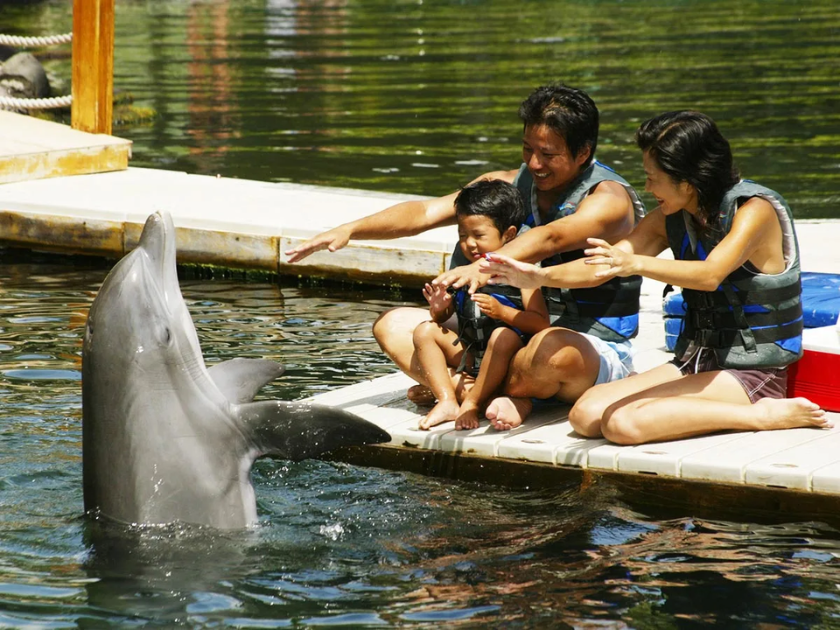
Dolphins have a sociable nature, frequently engaging in playful behavior that’s not only enjoyable to witness but also critical to their social structure. They’ve been observed leaping out of the water, riding swells and waves, and even playfully interacting with other species, including humans. These behaviors are more than mere fun; they’re crucial for their mental well-being, social bonds, and even hunting strategies. So next time you’re lucky enough to spot a dolphin playfully leaping out of the water in Hawaii, know that there’s more to this behavior than meets the eye.
7. Dolphin watching has become increasingly popular.
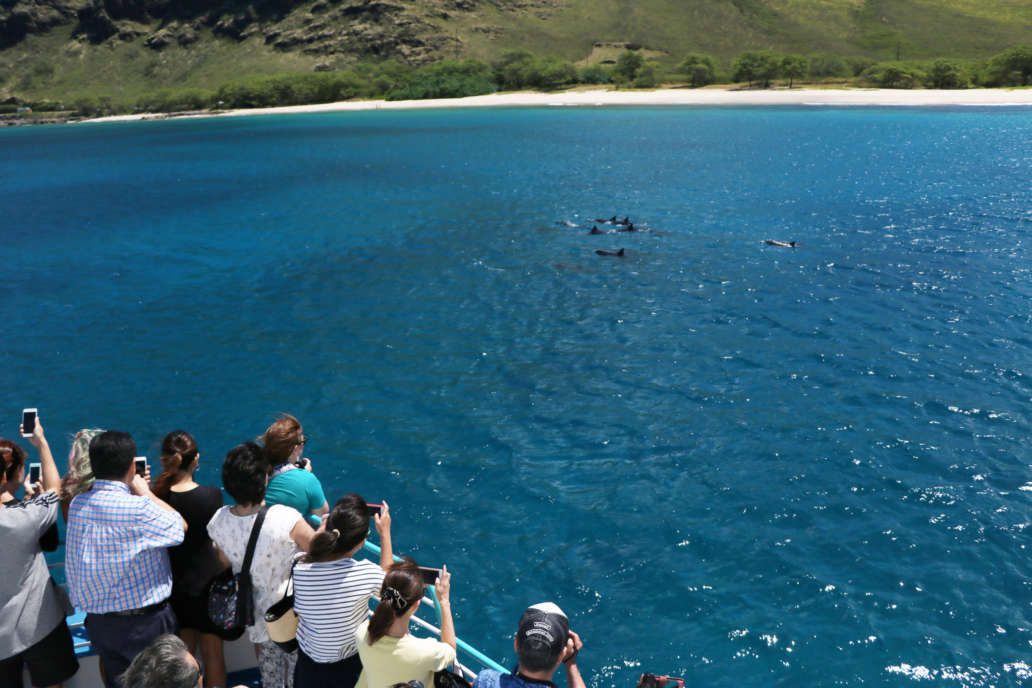
Eco-tourism in Hawaii, particularly dolphin watching, has become popular, leading to both positive and negative impacts on the local dolphin population. On one hand, eco-tourism promotes awareness and appreciation of these magnificent creatures, encouraging conservation efforts and providing economic benefits to the local community. Tours often educate visitors on dolphin behavior and the importance of preserving their natural habitats. However, the flip side is that increased boat traffic and human interaction can disrupt dolphin behaviors, cause stress, and potentially harm these sensitive animals. Regulations have been put in place to minimize these impacts, such as maintaining a safe distance and limiting the number of boats in dolphin-populated areas. Ultimately, the sustainability of dolphin-focused eco-tourism depends on the delicate balance between human enjoyment and the well-being of the dolphins themselves.
8. Certain spots in Hawaii are hotbeds of dolphin activity.
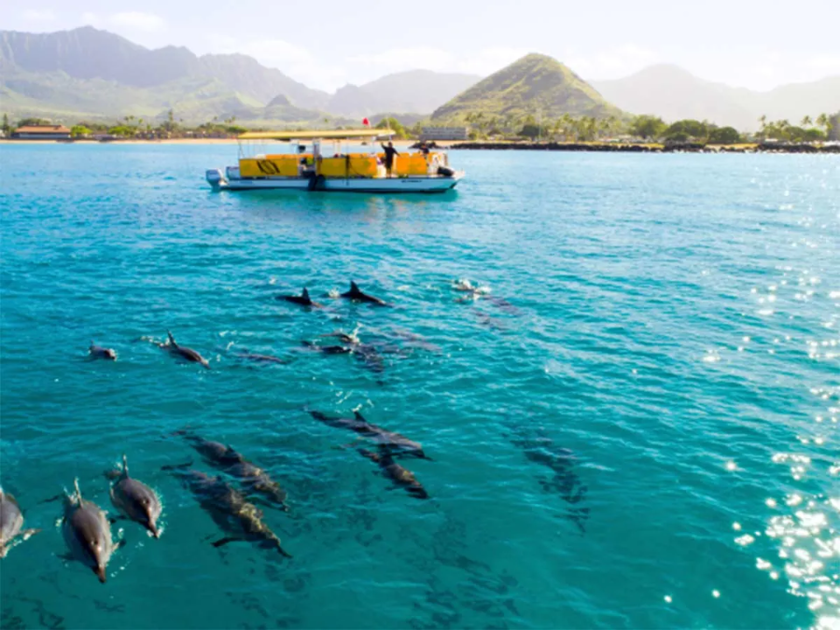
In Hawaii, dolphin sightings are common. The Kona Coast on the Big Island, for instance, is known for its populous pods of Spinner Dolphins. These playful creatures can often be seen spinning and leaping in the morning hours. Dolphins are also frequently spotted in the waters around Lanai, where Hulopoe Bay is home to a diverse variety of marine life. On Oahu, the Leeward Coast and Waianae Harbor are prime locations for dolphin tours. Here, visitors can join guided boat tours for a chance to observe dolphins in their natural habitat. However, it’s crucial to remember that these are wild animals; maintain respectful distances and avoid disrupting their natural behavior for the best experience.
9. Despite their intelligence and adaptability, dolphins in Hawaiian waters face numerous threats
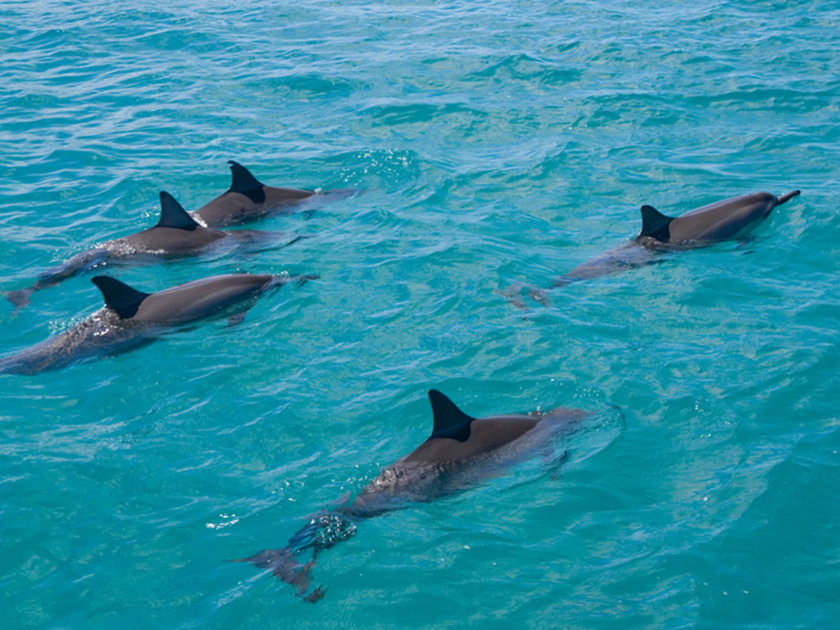
One of the most significant threats to Dolphin species is pollution, particularly plastic waste, which can cause lethal harm if ingested. Another critical threat is from the fishing industry – dolphins can often get caught in fishing nets and gear, leading to injuries or even death. Habitat loss caused by coastal development also has a profound impact on dolphin populations by disrupting their feeding and breeding grounds. Additionally, climate change-induced ocean warming and acidification can lead to a reduction in their food supply and changes in their natural habitats
In addition to the threats previously mentioned, human activities and natural factors significantly impact the dolphin populations in Hawaii. Human activities such as marine tourism, while economically beneficial, can disrupt dolphins’ natural behaviors and habitats. Tourist boats and swimmers often approach too closely to the pods, creating stress and disturbing their rest and feeding routines. Noise pollution from recreational boats and industrial activities can interfere with their sophisticated echolocation capabilities, affecting their navigation, hunting, and communication. Measures to mitigate these threats are essential to preserve these magnificent creatures and maintain the health of our marine ecosystems.
10. Conservation efforts in Hawaii are underway to protect Dolphin species.
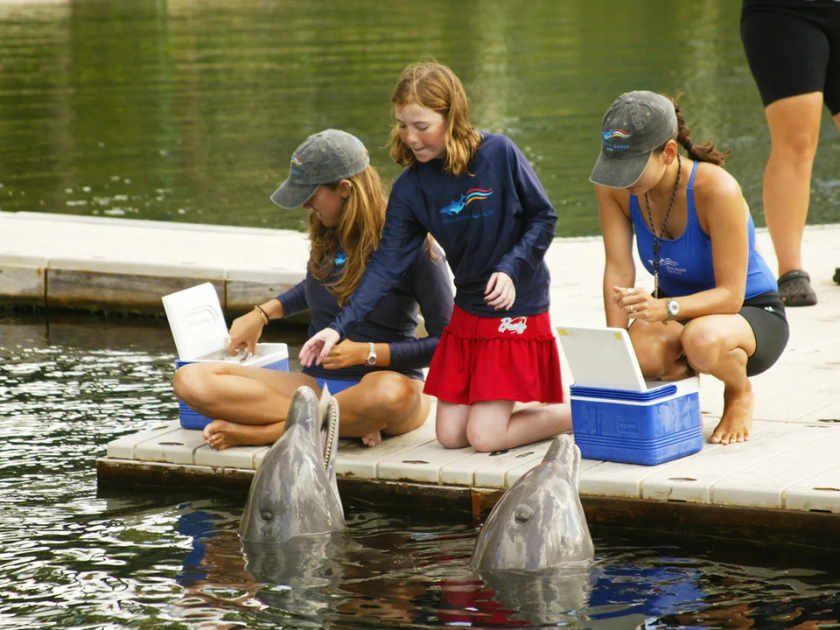
In response to the rising threats facing dolphins in Hawaiian waters, local organizations, volunteer groups, and governmental authorities are working collaboratively toward dolphin conservation. Key initiatives include implementing stringent regulations on fishing activities to prevent accidental dolphin catches, supervising water tourist activities to minimize disturbance to dolphins, and conducting regular marine cleanliness drives to reduce pollution. Educational outreach programs are also undertaken to raise public awareness about the importance of dolphins in the marine ecosystem and the need for their preservation. These collective efforts, though challenging, are essential to assure the survival and well-being of dolphins in Hawaii.
Dolphins are Truly Remarkable Creatures!
As we explore the fascinating world of dolphins in Hawaii, it becomes clear that these are an integral part of Hawaii’s natural beauty and cultural heritage. Their intelligence, playful behavior, impressive adaptations, and the important role they play in the ecosystem all contribute to the allure of the Hawaiian seascape. Observing dolphins in their natural habitat is an unforgettable experience, one that inspires awe and deepens our respect for marine life. Conservation efforts are crucial to ensure these magnificent creatures continue to thrive and charm visitors for generations to come. So, next time you’re in Hawaii, take a moment to appreciate the dolphins – their beauty, their elegance, their intelligence – and remember, we are stewards of these waters and it’s up to us to keep them safe and healthy.


